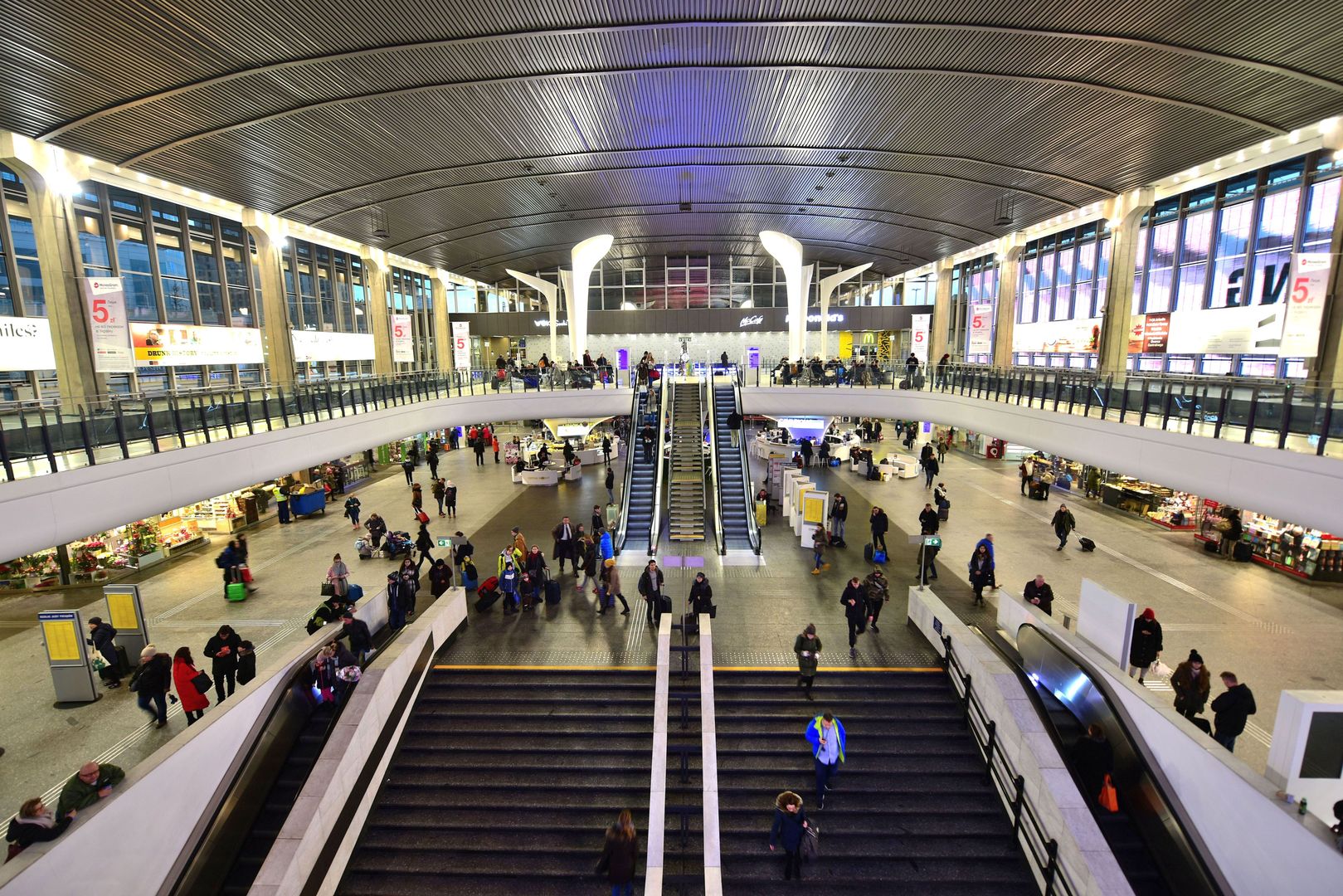Stanisław Moniuszko Central Station
6.92

Overview
The Stanisław Moniuszko Central Station in Warsaw, opened in 1975, is the main and largest railway station in Poland, with an area of approximately 90,000 m² and a volume of 600,000 m³. Its architecture, designed by Arseniusz Romanowicz, is characterized by slender reinforced concrete pillars supporting an extensive roof and a glazed main hall. The station is an example of modernism and was considered one of the most advanced in Europe in the 1970s. The interior of the building is decorated with noble stones, such as Biała Marianna marble. The station plays a key role as a transport hub, connecting various means of transportation, including the Centrum metro station and numerous tram and bus lines. The history of the station is linked to the reconstruction of the capital after World War II; its construction began in 1972, using foreign loans and imported materials. Due to numerous design changes, the station experienced delays and functionality issues. In 2019, the station was named after Stanisław Moniuszko, in reference to the celebrations of the composer's anniversary year. Over the years, it has undergone numerous modernizations, and in 2011, it was listed as a historical monument. Interestingly, the station was the first in Poland to feature many modern solutions, such as escalators, automatic doors, and air conditioning. It also houses a police station, enhancing passenger safety. Central Station, a symbol of the ambitious modernization policy of the 1970s, has won numerous architectural awards and remains one of the most important landmarks in Warsaw's urban space, blending tradition with modernity.
Location
Tickets
Powered by GetYourGuide
2025 Wizytor | All Rights Reserved